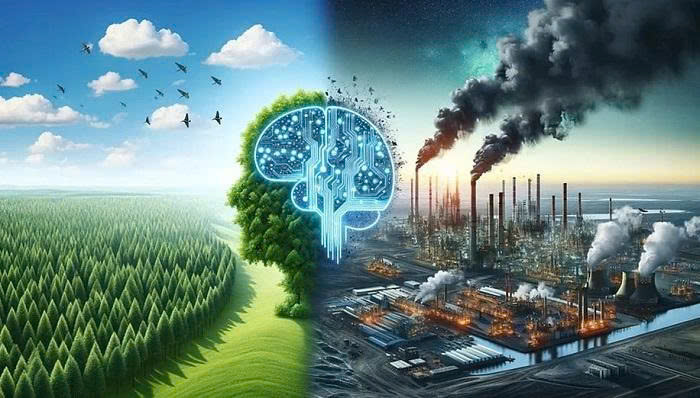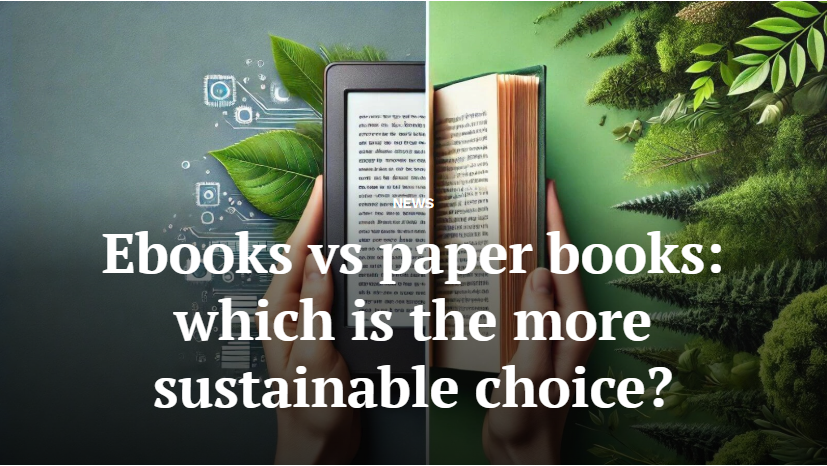The dark side of Artificial Intelligence (AI), especially generative AI, is placing immense pressure on our planet. This massive negative impact is partly reflected in the following figures:

1. Ten Times the Power of Google
Each request sent to OpenAI’s chatbot—which can generate all kinds of responses to natural language queries—consumes 2.9 watt-hours of electricity.
According to the International Energy Agency (IEA), this is 10 times more than a typical Google search.
OpenAI claims that ChatGPT now has 300 million weekly users, generating 1 billion requests per day. In addition to ChatGPT, the company that pioneered public access to generative AI in 2022, there are now thousands of other chatbots in operation.
2. More Electricity Than France and Germany Combined
AI cannot function without data centers that store vast amounts of information and computing power.
According to consulting firm Deloitte, in 2023, data centers accounted for nearly 1.4% of global electricity consumption.
With major investments planned in generative AI, this figure is expected to reach 3% by 2030.
Deloitte notes that this would be equivalent to the combined annual electricity consumption of France and Germany.
The IEA forecasts that data center electricity use will increase by over 75% by 2026 compared to 2022.
3. Massive CO₂ Emissions
Researchers at the University of Massachusetts Amherst estimated in 2019 that training one large language model (LLM) for a chatbot could emit around 300 tons of CO₂—
equivalent to 125 round-trip flights between New York and Beijing.
4. High Water Consumption
Beyond energy, AI also consumes water—especially for cooling computer hardware.
According to conservative estimates by researchers at the University of California Riverside and the University of Texas at Arlington, GPT-3 may require half a liter of water to generate 10 to 50 responses.
Overall, the growing demand for AI is projected to consume 4.2 to 6.6 billion cubic meters of water annually—
4 to 6 times Denmark’s annual water consumption, according to a 2023 study.
5. A Mountain of E-Waste
According to a study in Nature Computational Science, around 2,600 tons of e-waste—including graphics cards, servers, and memory chips—were generated by generative AI applications in 2023.
Researchers estimate this could rise to 2.5 million tons by 2030, equivalent to 13.3 billion discarded smartphones.
Like other computer hardware, AI devices require rare metals for chip production. Mining these metals—often in Africa—can involve highly polluting processes.
While AI brings undeniable benefits, its environmental toll is significant. Technological development must go hand in hand with environmental protection to minimize its negative impact on Earth.
Sources: Lao Động Newspaper and Nastis







.jpg)




